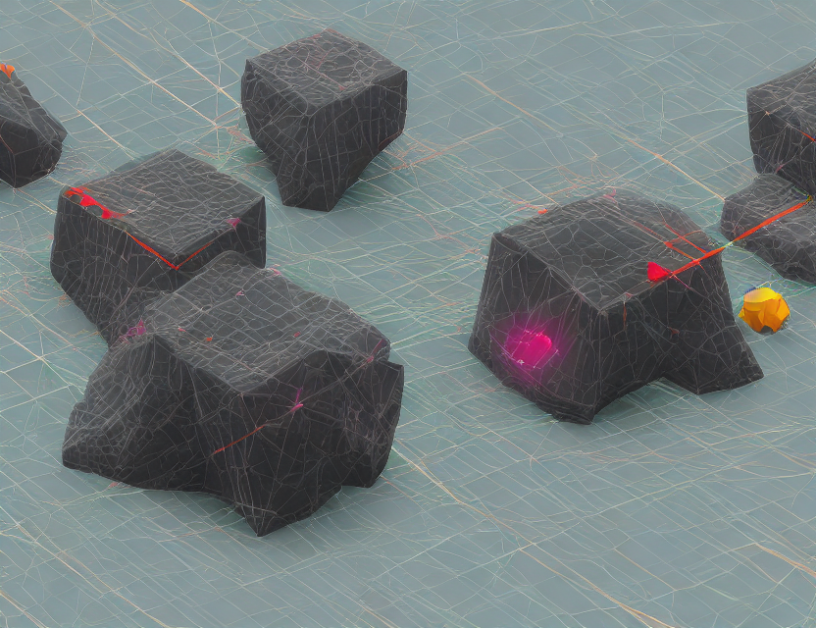In the field of robotics, manipulating objects with precision is a crucial task. However, this can be a challenging task due to the complexity of object deformations. Traditional methods have shown limited success in addressing this issue, leading researchers to explore alternative approaches. This paper introduces Deep Reinforcement Learning (DRL) as a promising solution to reduce manipulation complexity.
Imagine you’re trying to fold a fitted sheet into a neat square. It can be a daunting task due to its complex shape and the need to manipulate it precisely. DRL is like having a skilled team of experts, each with their unique abilities, working together to help your robotic arm navigate this challenge.
The authors propose combining imitation learning with reinforcement learning to reduce manipulation complexity. Imitation learning involves using demonstrations from an expert to learn the task, while reinforcement learning focuses on optimizing a policy to perform the task. By combining these two approaches, the robot can learn both the expert’s knowledge and the optimal policy for manipulating objects.
The authors also propose a physics-based simulator to generate diverse training data for DRL. This simulator allows the robot to practice manipulating objects in a virtual environment before attempting the task in reality.
In summary, DRL offers a promising solution to reduce manipulation complexity in robotics by leveraging the strengths of both imitation learning and reinforcement learning. By combining these approaches with a physics-based simulator, robots can learn to manipulate objects with greater precision and efficiency.
Exploring Deep Reinforcement Learning for Soft Object Manipulation Under Small Deformations



